
Pin by Imzah sujan on Paradise KASHMIR Pakistani culture, Kashmir, Traditional outfits
So Kashmiri dress is an amalgamation of Persian, Greek, and Western cultures with a tinge of Kashmiri flavor. The traditional dress of Kashmiri women is very colorful and vibrant. Kashmiri Traditional Dresses The world is already not a stranger to the customs and traditions of the valley of Kashmir.

Traditional Dress of Jammu & Kashmir For Men Women Lifestyle Fun
In the ancient period, according to Hieun Tsang, the Kashmiri people were dressed in leather doublets and clothes of White linen. They cover their body in warm cloaks with the Nilamata Purna, Pravarana. The rich people cover their bodies in winter with woollen shawls, and ordinary people cover cheaper woollen cloth.
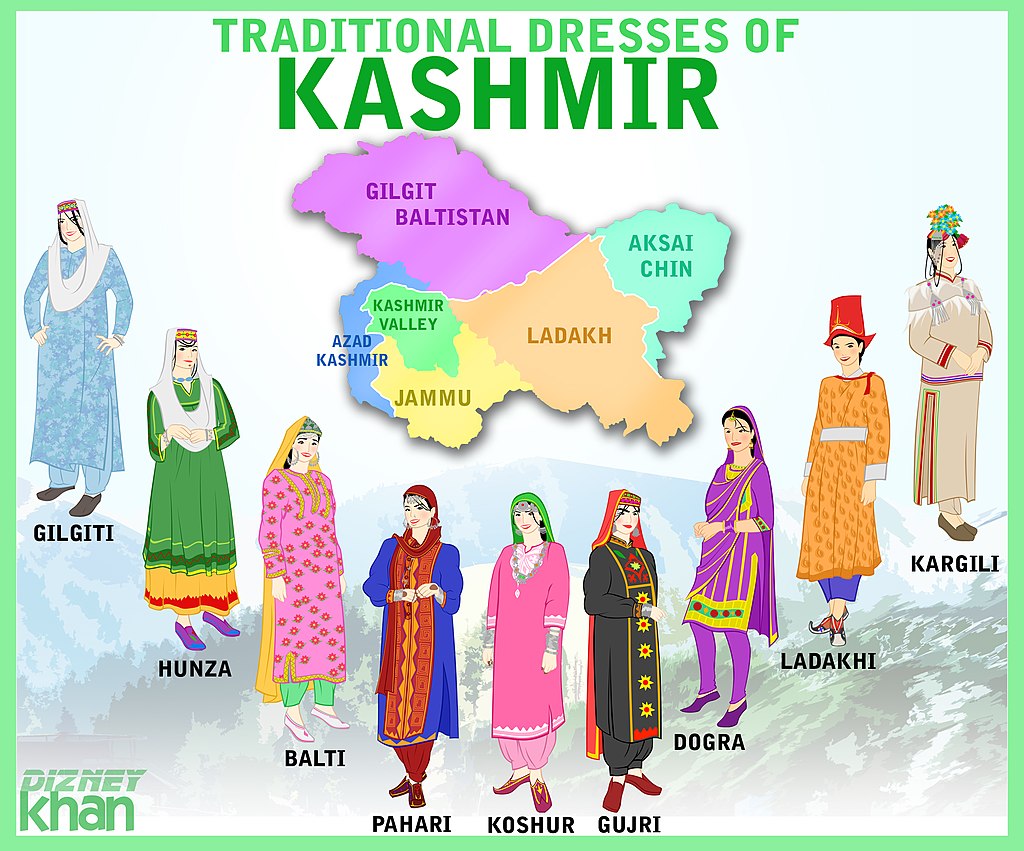
Culture of Kashmir Exploring the Vibrant Tradition, Art, Music, Food and Festivals
Pheran is also combined with headwear called Taranga for covering the ears. It is a unisex dress that is why it is worn by both men and women of Kashmir. Pethani suit also popularly known as the khan dress is one of the most popular dresses of the Srinagar region. It is the most popular traditional dress of Muslim men of Srinagar and it is.
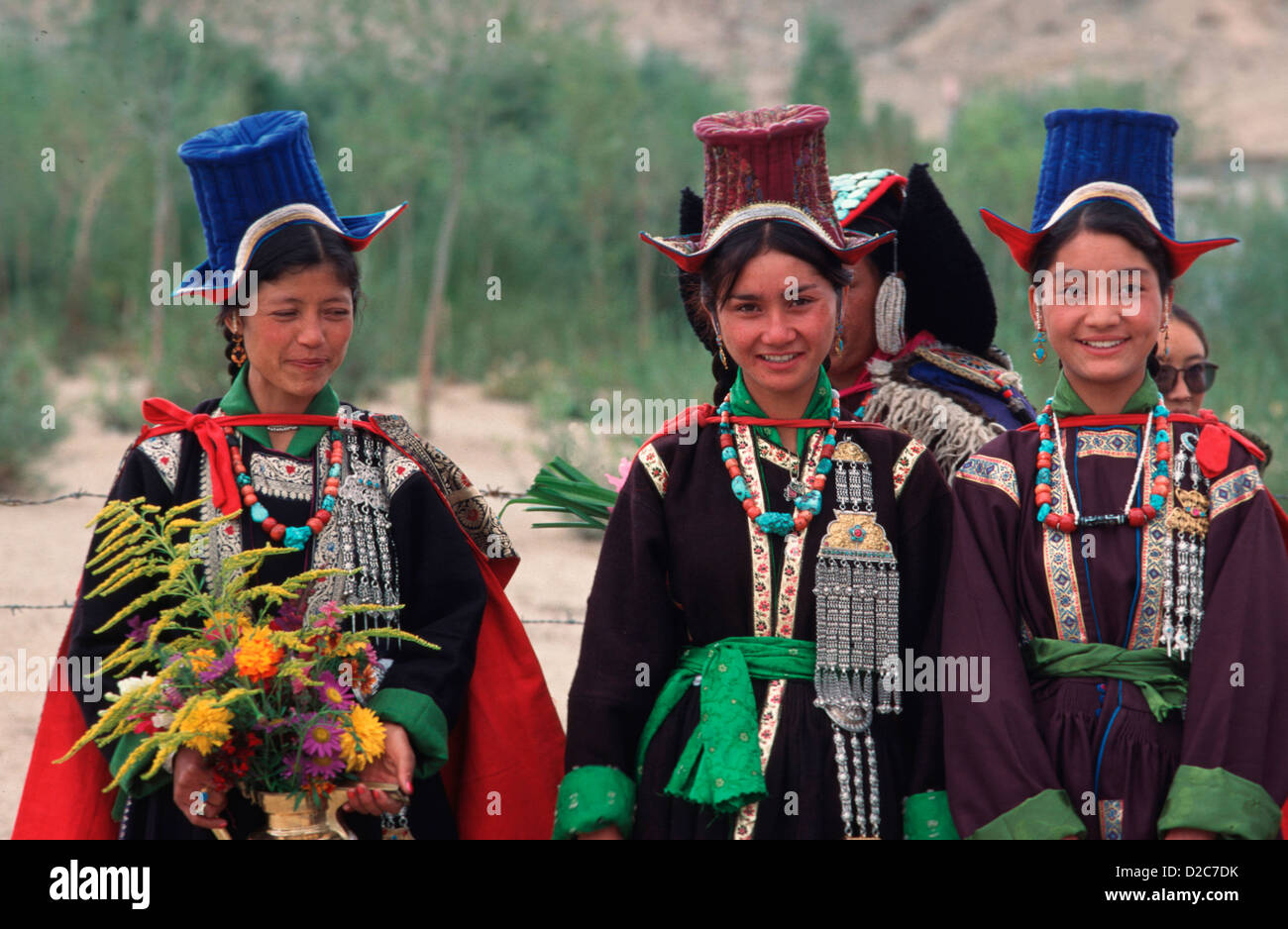
India, Jammu & Kashmir, Ladakh, Leh. Young Women In Traditional Dress For Festival Stock Photo
Their dance, music, cuisine, carpet weaving and Koshur Sufiana forms a significant part of Kashmiri identity. Kashmiri culture is mainly followed by people living in Kashmir valley and Dodab of the Chenab region. The valley is known for the fine arts including traditional boats and houseboats, handicrafts and poetry.
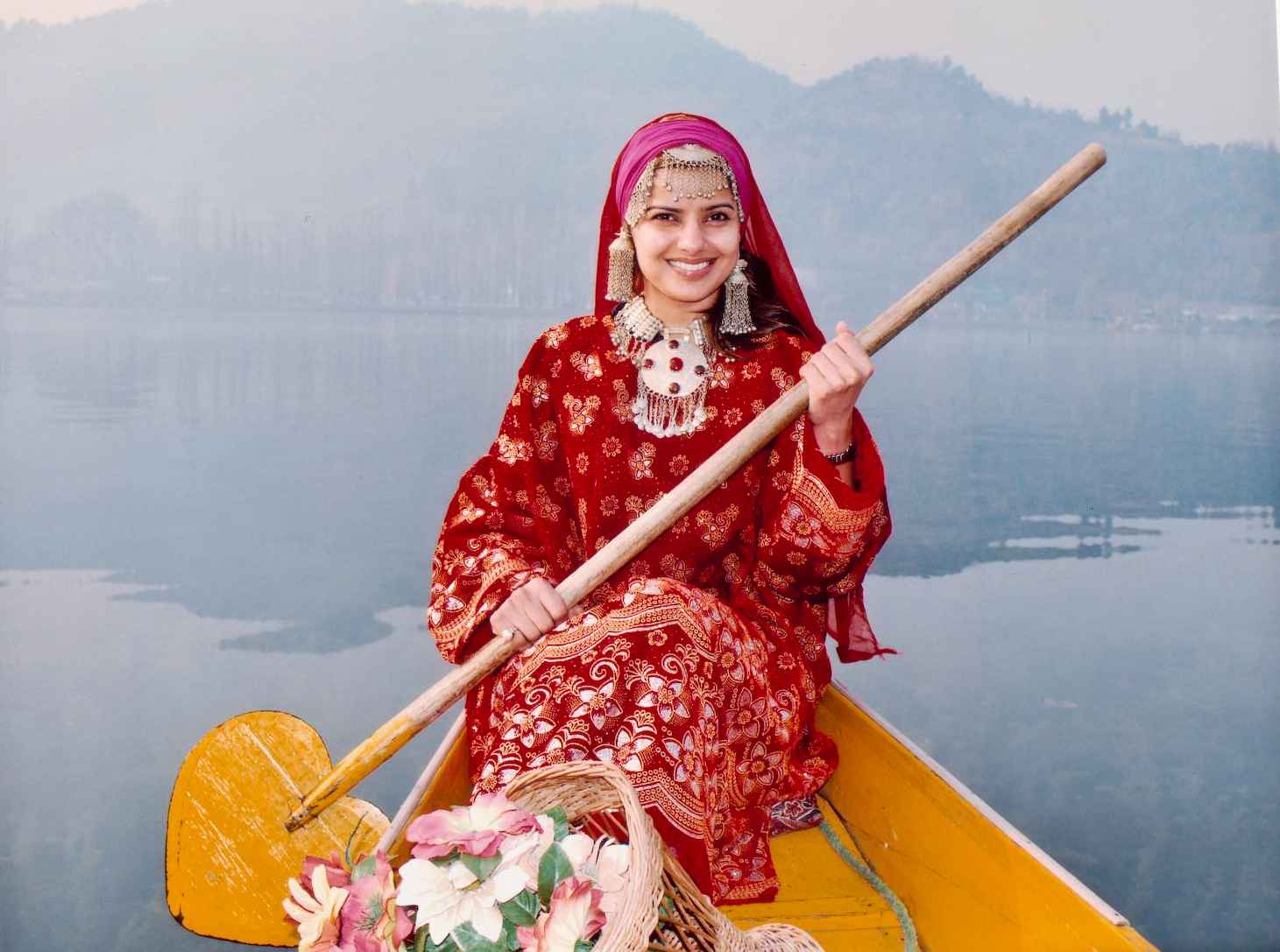
Kashmir traditional dress Traditional fashion of Kashmir How to draw Croqui
The traditional dresses of Jammu and Kashmir are well known for their embroidery and intricate designs, which reflect the richness of the culture and landscape of the region. Their clothing is designed to counter the cold climate of the region. Most of the garments are made of wool, silk and cotton designed with intricate embroideries. History of the Traditional Dresses of Jammu and Kashmir

traditional kashmiri clothes kashmir Kashmir, Bride photoshoot, Culture clothing
1. Pheran Above any other attire- Pheran is a popular and liked Jammu and Kashmir traditional dress for men and women both. This is basically upper wear which is loose throughout in order to wear it over other clothes and allow movement.
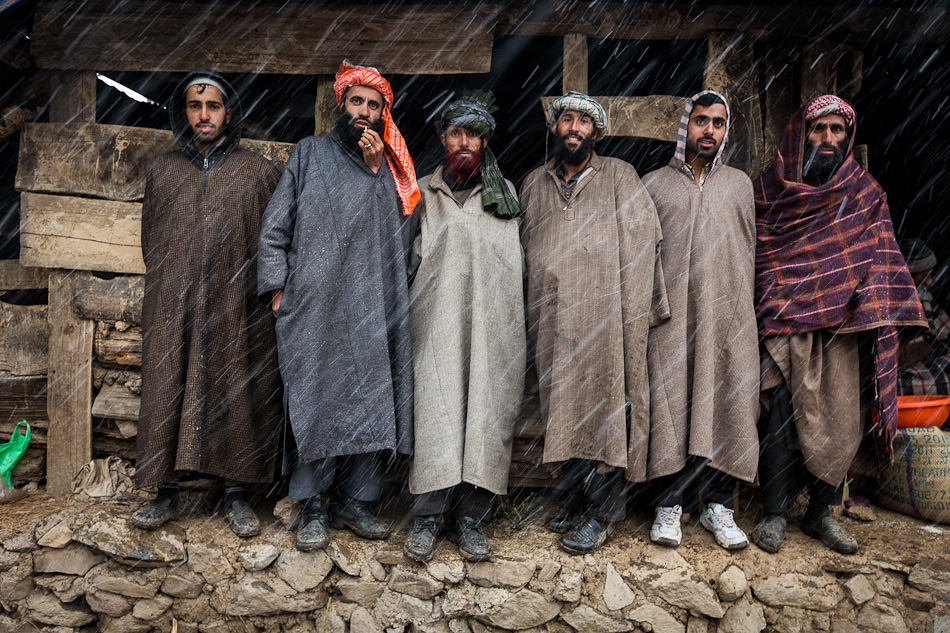
Jammu & Kashmir Traditional Wear
The people who live on the hilly region of Kashmir are known as Gujjars. The women of Gujjar community wear the Kashmir dress which is similar with the dresses of women who live in the Turkish village. The Gujjar women are dressed in loose sleeved tunics (a full skirt) but they like loose sleeves with baggy salwars.
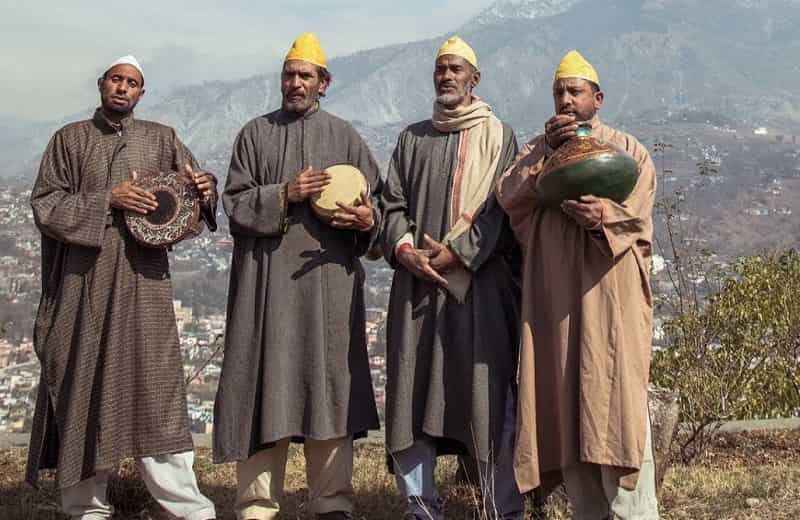
Traditional Dresses of Kashmir for Hindu and Muslim
Kashmiri woman in traditional Kashmiri attire The culture of Kashmir encompasses the spoken language, written literature, cuisine, architecture, traditions, and history of the Kashmiri people native to the northern part of the Indian subcontinent.
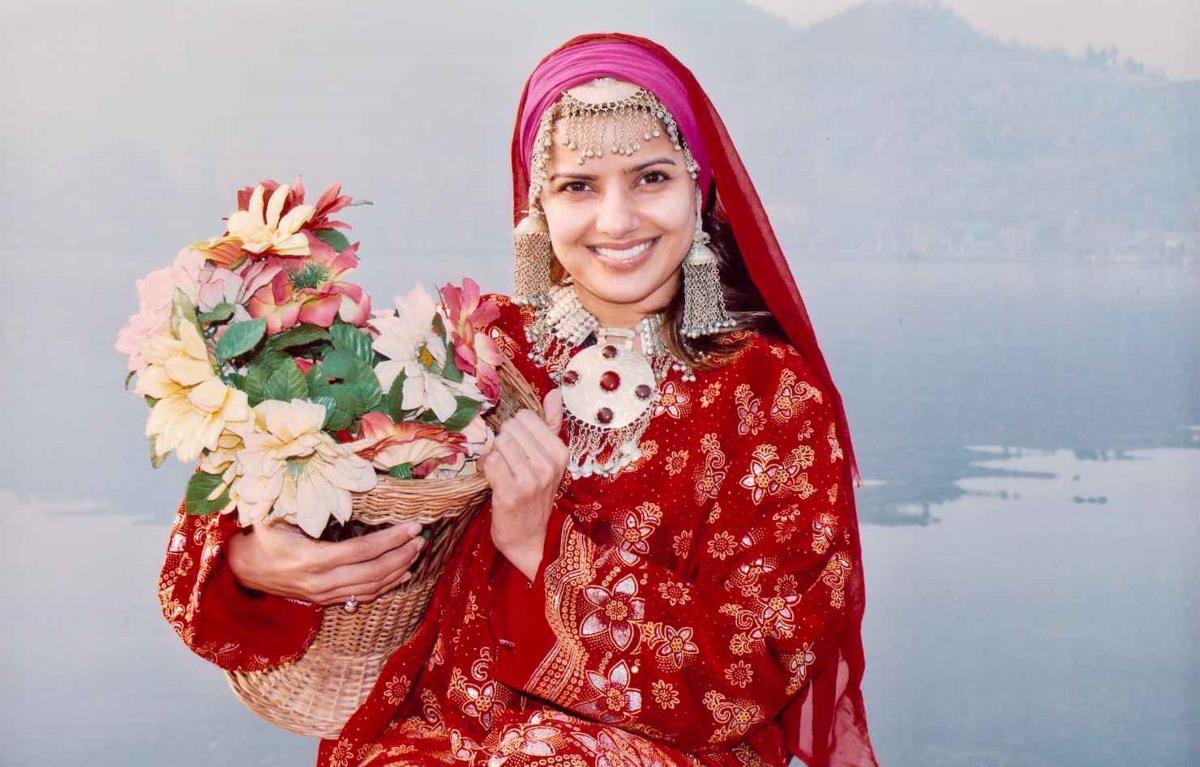
10 different states of India and their traditional wear for your ethnic look!
Traditional dress of Kashmiri Men Photo by Syed Qaarif Andrabi The ethnic Kashmiri apparel consists of a kurta and a salwar, worn by men. This Kurta-salwar dress worn by men resembles the Pathani costume. However, in the valley, it is usually called the Khan Dress. They top the look with a short waistcoat which they call Sadri.
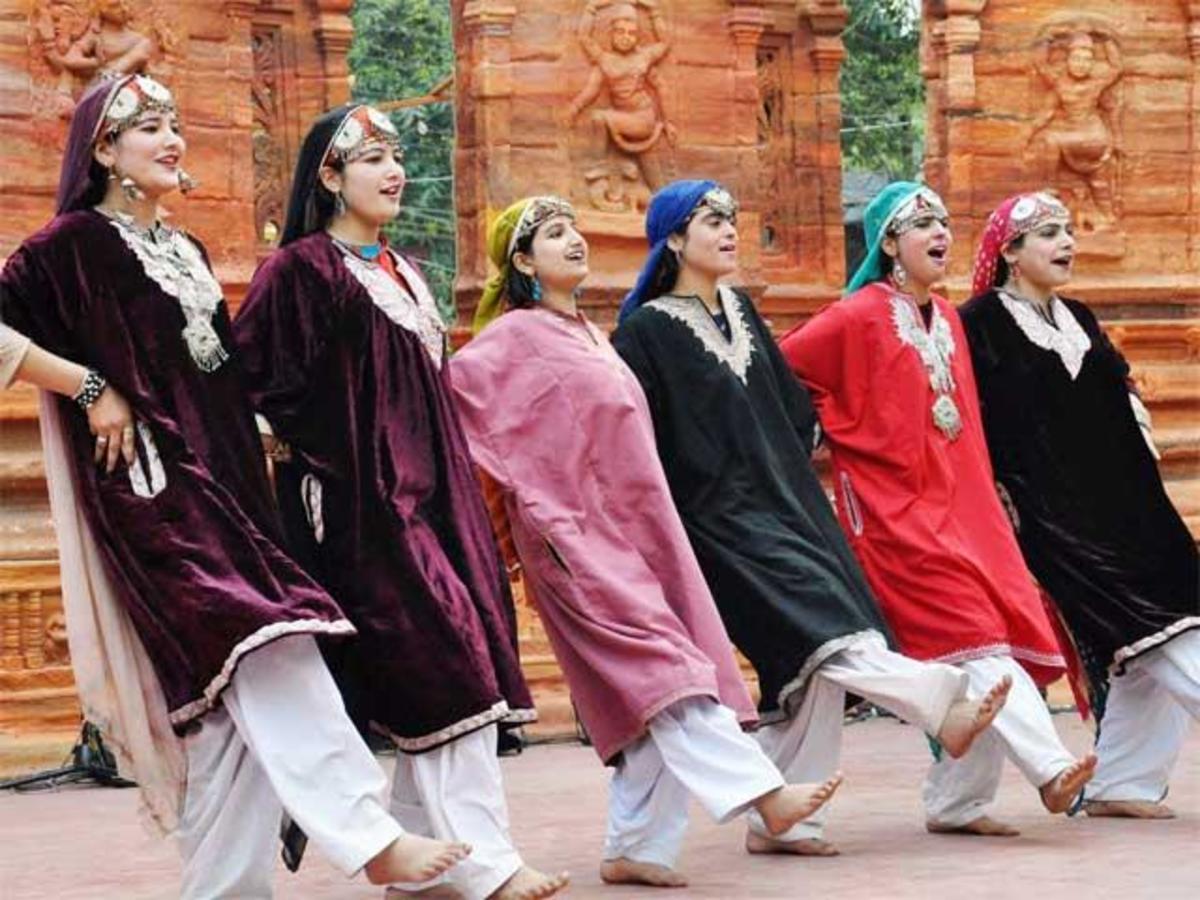
10 Most Famous Folk Dances of India HubPages
Influence of Geography and Climate on Kashmiri Attire. The Timeless Charm of Phiran and Pheran. The Graceful Drapes of Pashmina Shawls. Embroidery: A Reflection of Skill and Artistry. Traditional Kashmiri Jewelry: Adorning with Elegance. The Majestic Appeal of Khan Dress. Accessorizing with Headwear and Footwear.
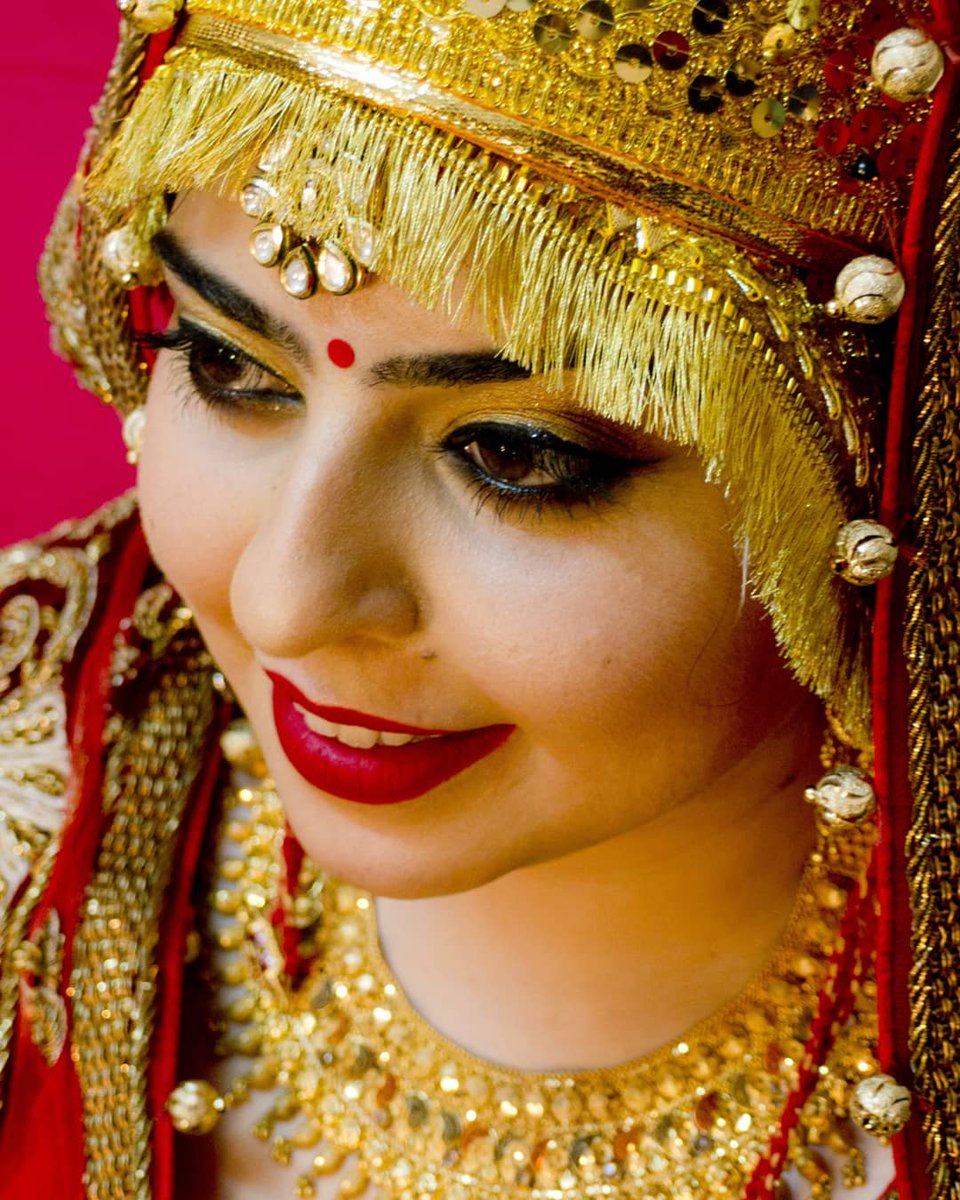
Traditional Dress of Jammu & Kashmir For Men Women Lifestyle Fun
Pheran is a long garment worn both by men and women that covers the entire body up until the knees. Both men and women are known to wear the pheran, and it's a dress even used by the kids. Pheran may have a cap, similar to a hoodie or not. And a pheran comes in various forms depending upon the use it will be put to.
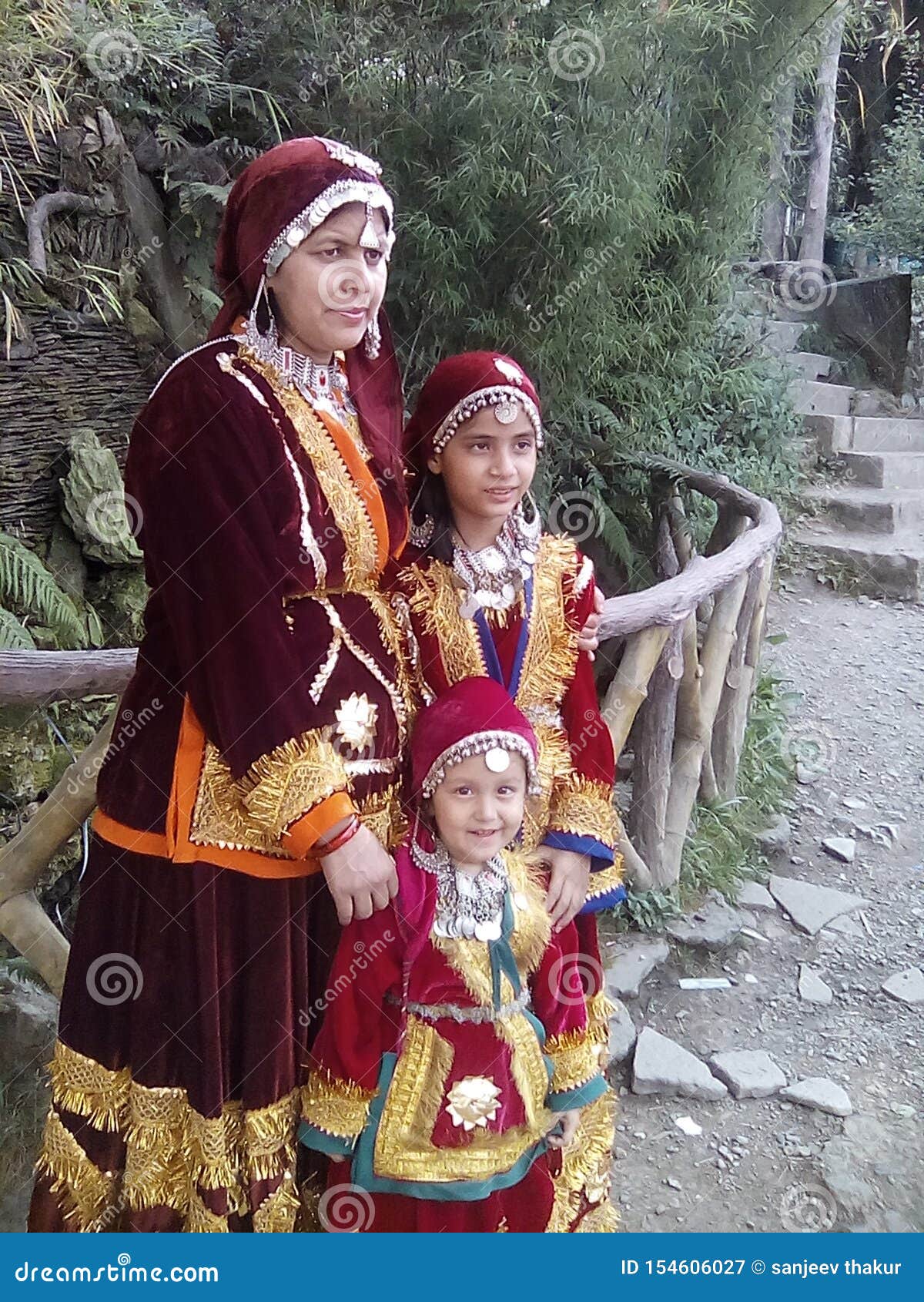
Tradional Dress of Kashmir Wore by Beautiful People Editorial Photography Image of
The traditional dress worn by Kashmiri people is unique and different from the formal dresses in other parts of the country. Due to cold climate, mostly wool or silk garments are famous among the Kashmiri population. The Kashmiri men usually worn Kurta-salwar dress which resembles the Pathani costume.
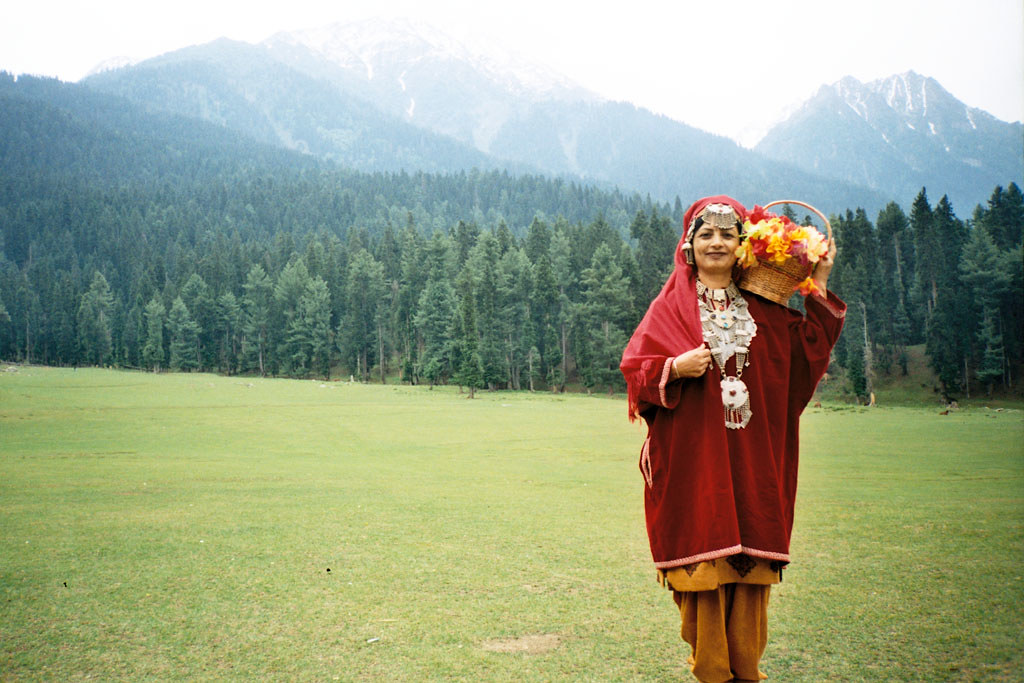
KASHMIRI TRADITIONAL DRESS a photo on Flickriver
As per the Hieun Tsang, It is believed that Kashmiri people are usually dressed in the clothes that are made of white linen while the dresses also have a leather doublet too. The weather condition has a strong impact on the clothing of Jammu and Kashmir. The costumes do have some of the great artwork that you can see in the form of embroidery work.

Traditional Dress of Kashmir For Men Women Lifestyle Fun
Historical records suggest that the people of Kashmir used to wear garments crafted from white linen and leather doublets. This attire serves as a reflection of the region's rich culture and its diverse landscape, with a unique textile industry that produces a wide range of indigenous products.

Traditional Dress Of Jammu and Kashmir ZeroKaata Studio
Things that make Kashmiri weddings with Kashmiri traditional dresses so special are: The profound dress colours: The traditional attire of Kashmir is renowned for its vivid colours, which range from red and yellow to green and blue. These vibrant outfits may make any wedding more joyful and brilliant.

Know Everything About the Traditional Kashmiri Dress & Style
The headdress of a Kashmiri woman is a brightly colored scarf or Taranga, that is stitched to a suspended cap and it narrows down at the back, towards the heels. The Taranga is an integral part of the wedding attire among Hindus. Jewelry Earrings, anklets and bangles are widely used apart from the use of ornamentation in clothing.